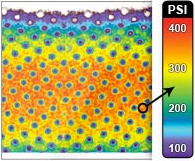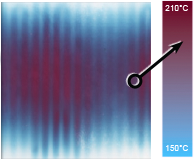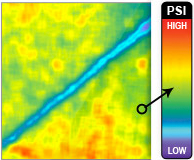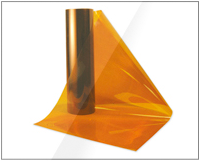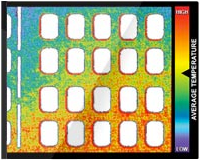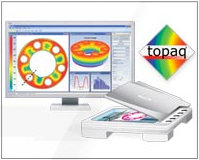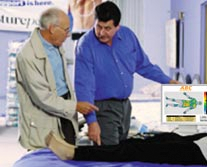Lamination Press
A Lamination Press is a hydraulic compression press that is used to produce laminates, which are formed when two or more layers of material are permanently joined together. Lamination presses range from desktop units to presses capable of thousands of tons of force.
These presses may have multiple openings that feature precise temperature and pressure controls. Platens can be heated using electric heaters, steam, or hot oil. For some applications, the platens are internally cooled to allow faster processing. Specialized, vacuum lamination presses have been developed for the electronic materials, printed circuit boards, decorative laminates, and honeycomb panel industries.
Computer and process control systems are have been integrated into the more complex laminating systems. Such systems may also feature automated loading and unloading systems, staging racks, and turnkey installation.

Fig 1: Three-opening, Heated Lamination Press

Fig 2: Vacuum Lamination Press with Multiple Openings
Figure 1 shows a relatively simple, three-opening, heated lamination press. In contrast, Figure 2 is a picture of a larger, multiple-opening, vacuum lamination system with automated loading and unloading and computerized process control.
During lamination, any lack of parallelism or misalignment of press surfaces can result in defects and product losses. To prevent this from happening, manufacturers routinely measure actual contact forces and pressure distribution between the platens of their lamination presses. This is accomplished using Tactilus®.
Tactilus® is a matrix-based, tactile surface sensor that records and interprets pressure distribution and magnitude between any two contacting or mating surfaces and assimilates these data into a powerful Windows®-based tool kit. Tactilus® employs mathematical algorithms, which separate signal from noise, and advanced electronic shielding to minimize the effects of noise, temperature, and humidity. The Tactilus® system includes a piezoresistive sensor element, an electronic controller, computer software, and cables. This system provides data during the entire lamination cycle, with a maximum scan speed of 1,000 Hertz.
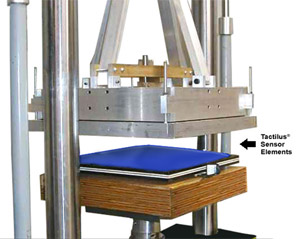
Fig 3: Side Profile of a Lamination Press
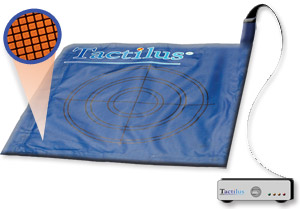
Fig 4: Tactilus® Press Sensor and Electronic Controller
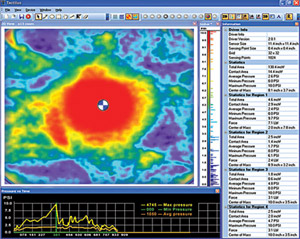
Fig 5: Characterization of Press Platen Pressure Distribution and Magnitude
Figure 3 shows a side profile of a small lamination press. Note that there is a Tactilus® sensor on top of the materials being laminated. Figure 4 shows a Tactilus® press sensor and its electronic controller. Figure 5 illustrates some of the characterizations of pressure distribution and magnitude that can be provided by Tactilus®.
Fujifilm Prescale® is another product for measuring pressure distribution in a lamination press. Fujifilm Prescale® is a Mylar-based film that contains a layer of tiny microcapsules. The application of force upon the film causes the microcapsules to rupture, producing an instantaneous and permanent high-resolution image of pressure variation across the contact area. Figure 6 demonstrates the use of Fujifilm Prescale®.
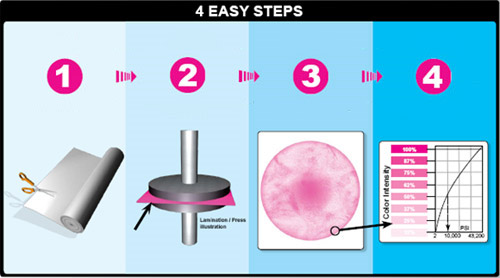
Fig 6: Using Fujifilm Prescale® to Measure Lamination Press Pressure Profile




